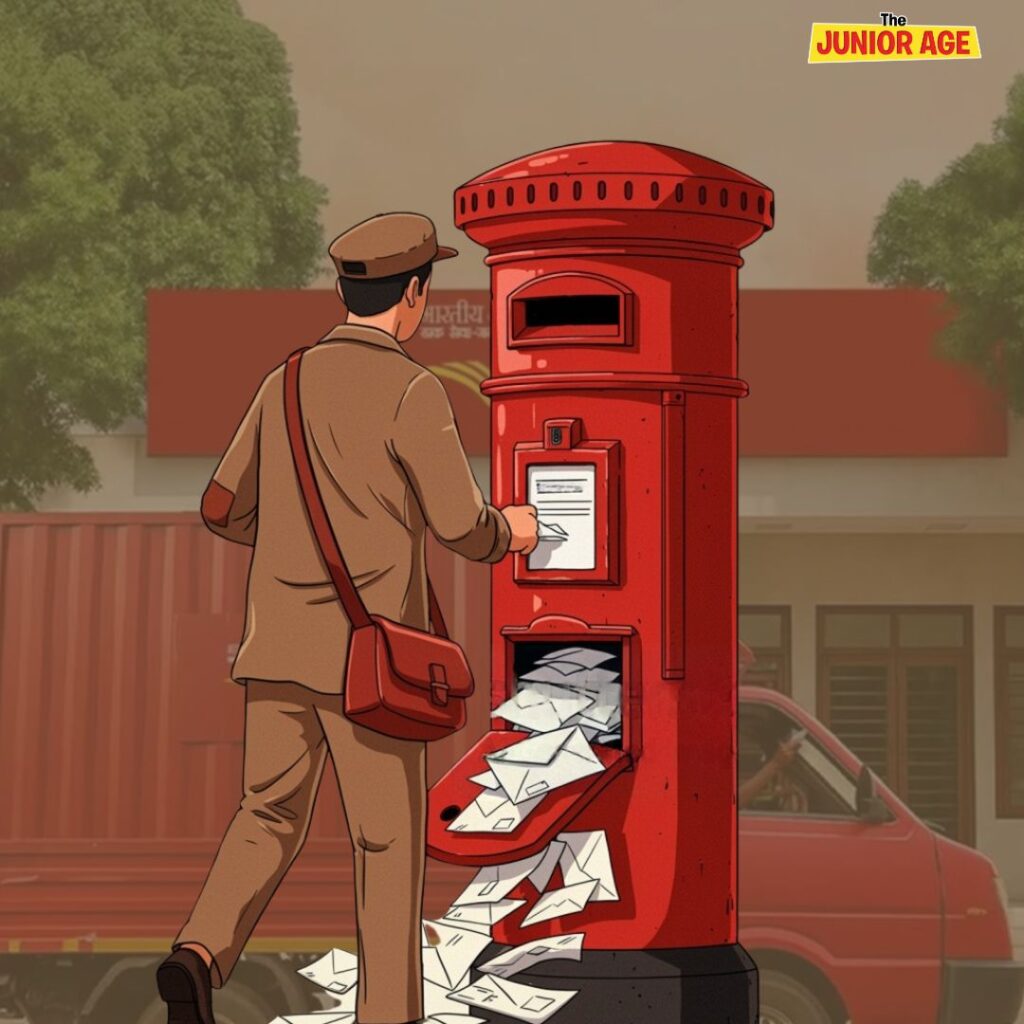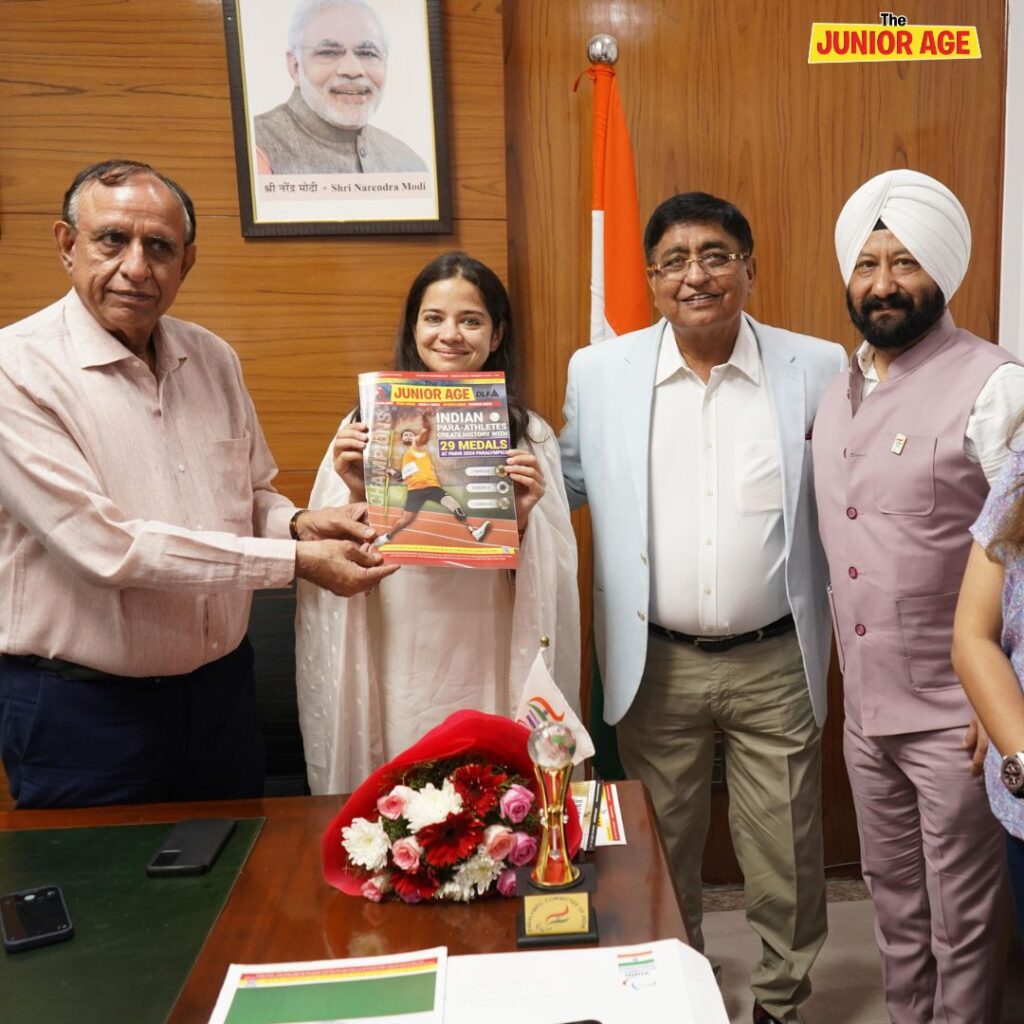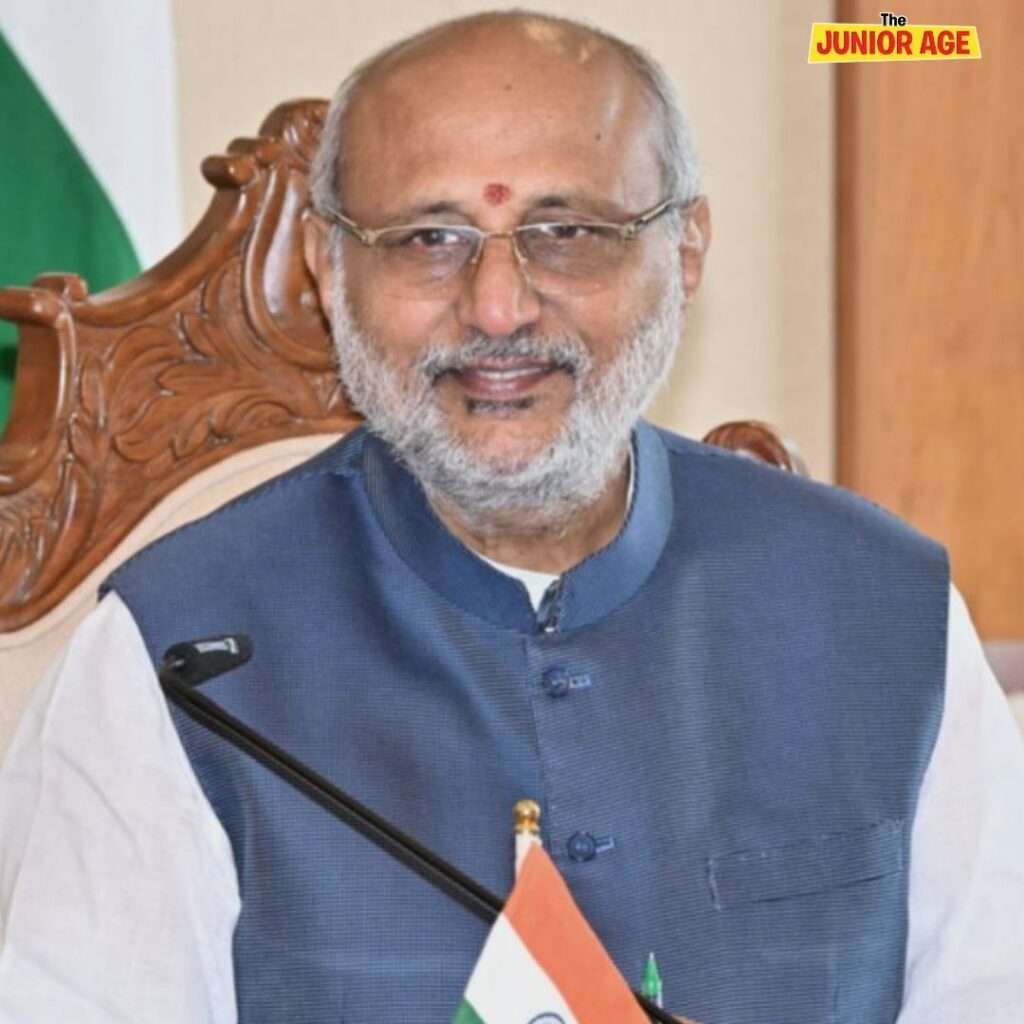End of an Era: India Discontinues Registered Post After 50 Years of Service
The Indian Postal Department has announced the discontinuation of its iconic Registered Post service starting September 1, 2025. From September […]
End of an Era: India Discontinues Registered Post After 50 Years of Service Read More »






